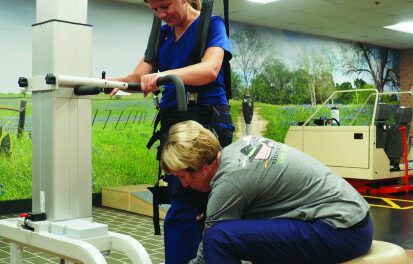.png)
Reportedly, TMS therapy may provide an opportunity to restore balance between the healthy side of the brain and the side affected by the stroke. Giacomo Koch, MD, PhD, Santa Lucia Foundation, Rome, Italy, led the study.
According to the study, ten out of 20 participants received TMS therapy on a daily basis for two weeks. The remaining 10 participants were given a placebo. Researchers say that over the duration of the study, participants also engaged in standard brain retraining.
Researchers report that each group’s abilities were measured by tests conducted after the study. The groups’ abilities were measured for a second time two weeks later. The tests measured crossing, figure- and shape-copying abilities, as well as the patients’ daily living activities that had been affected by the stroke.
The study’s results indicate that participants treated with TMS therapy improved 16% following treatment and improved 23% two weeks later. No improvements were reported in the placebo group. Researchers add that participants receiving TMS therapy also exhibited improvement in overactive brain circuits. Koch and his team spotlight the pairing of mental tasks and TMS therapy completed by the participants as a potential catalyst for the change.
Stroke researchers report that they are cautiously optimistic about the study’s findings and its implications for TMS therapy.
Source: Neurology



